In the world of SEO, content remains king. However, in 2025, creating content isn’t enough on its own—content optimization is now a critical strategy for improving search rankings, driving organic traffic, and enhancing user engagement. Whether you’re running a blog, an e-commerce website, or a corporate site, optimizing your content for SEO can make the difference between appearing on the first page of search results or being buried deep within them.
Content optimization for SEO involves refining your content so that it is easily discoverable, valuable to your target audience, and relevant to the search intent behind specific queries. With search engines like Google becoming more sophisticated in understanding context, user behavior, and intent, businesses must focus on both the quality and structure of their content. This is where WiFi Digital, a leader in SEO strategies, can help businesses achieve superior results through content optimization.
This article will dive into the various aspects of content optimization, explaining why it’s crucial for SEO in 2025 and offering actionable tips that businesses can implement to improve their rankings and visibility. From keyword research to technical SEO, WiFi Digital specializes in helping brands optimize their content to attract more organic traffic, enhance user experience, and drive business growth.
The Importance of Content Optimization for SEO
Content optimization is about making your content more accessible and relevant to both search engines and users. Search engines aim to provide the best possible answers to user queries, so optimizing content helps them understand your page better and improves your chances of appearing in search results. In 2025, quality content paired with SEO best practices is essential for gaining a competitive edge. But the term content optimization encompasses more than just keywords—it’s about creating high-value, user-friendly content that meets the needs of your audience while aligning with search engine algorithms.
Content optimization starts with understanding search intent. Search engines are now better at determining the underlying goal of a search. Whether users are looking for information, making a purchase decision, or searching for a local business, understanding this intent and aligning your content with it is key. With content being the core element of SEO, businesses must optimize their content strategies to be as valuable and comprehensive as possible. Optimizing on-page SEO elements, focusing on user engagement, and strategically using keywords can significantly improve rankings, build authority, and foster brand trust.
WiFi Digital helps businesses by focusing on creating content that resonates with both search engines and users. The strategies we implement ensure consistent and impactful optimization, making sure businesses achieve the highest possible rankings across various search platforms.
Keyword Research and Strategic Placement
Keyword research is the foundation of content optimization. Before creating content, it’s essential to understand the terms your target audience is searching for. This allows you to align your content with search intent while ensuring it appears in relevant search queries. Without the right keywords, even the best-written content will fail to rank.
How to Conduct Effective Keyword Research
The key to effective keyword research is finding a balance between search volume (how many people are searching for a particular term) and competition (how hard it is to rank for that keyword). Tools like Google Keyword Planner, Ahrefs, and SEMrush allow you to identify high-volume keywords, understand their competition, and uncover long-tail keywords that may be easier to rank for.
-
Identify Primary and Secondary Keywords
- Your primary keyword should be the central focus of the page, the term most relevant to the core topic.
- Secondary keywords are related terms or phrases that support the primary keyword and add semantic relevance to the content.
-
Use Long-Tail Keywords
- Long-tail keywords (phrases of three or more words) are highly specific and often have lower competition. They’re particularly useful in voice search optimization and for targeting niche markets.
-
Analyze Search Intent
- Keywords should align with search intent—whether users are looking for answers, services, products, or just general information. Optimize for content that serves that specific need.
-
Monitor Keyword Trends
- The search landscape changes over time, and it’s important to stay updated with keyword trends and seasonal variations.
Once you have a set of targeted keywords, WiFi Digital helps businesses optimize their content around these keywords by placing them strategically in areas like the title tag, headings, and meta descriptions.
On-Page SEO Optimization: Structuring Your Content for Maximum Impact
On-page SEO refers to the strategic use of content and HTML tags to help search engines understand and rank your pages. Effective on-page SEO ensures that your content is not only valuable but also visible and easy for search engines to crawl. This includes proper use of headings, meta descriptions, and images, along with clear URL structures.
Key On-Page Optimization Tips for SEO
-
Optimize Title Tags and Meta Descriptions
- Title tags should include your primary keyword and reflect the topic of the page. Titles should be clear, concise, and encourage users to click.
- Meta descriptions should summarize the page’s content and entice users with value propositions. Though meta descriptions don’t directly affect rankings, they influence the click-through rate (CTR).
-
Use Header Tags (H1, H2, H3)
- Header tags help search engines understand the hierarchy and structure of the content. Use H1 tags for the main title and H2/H3 for subheadings. Make sure to include keywords in these tags.
-
Incorporate Keywords Naturally
- Don’t overstuff your content with keywords. Use them naturally in the first 100 words, and place them at strategic points like headings and throughout the body text.
-
Improve Content Readability
- Use short paragraphs, bullet points, and subheadings to break up the text and make it more skimmable.
- Tools like Hemingway App and Grammarly help improve readability by suggesting ways to simplify complex sentences.
-
Optimize Images with Alt Text
- Images should be properly optimized for size and speed. Include descriptive alt text with keywords to help search engines index your images.
-
Internal Linking Strategy
- Create an internal linking structure that guides users to related content, helps distribute link equity, and keeps users engaged longer.
WiFi Digital ensures your content is structured in a way that not only enhances user experience but also boosts your SEO performance with proper on-page techniques.
User Engagement and Content Value
While keywords and technical SEO are essential, the true value of content lies in its ability to engage users. Google’s algorithms prioritize content that keeps visitors on the site, reducing bounce rates and increasing time on page. If your content answers questions, provides solutions, or offers a unique perspective, users are more likely to engage and share it.
Why User Engagement Matters
-
Google Ranks Engaging Content Higher
- Content that keeps users engaged sends a signal to Google that the content is valuable and relevant.
-
Builds Brand Loyalty
- High-quality content increases customer retention and trust, establishing your brand as a trusted resource.
-
Improves Conversions
- Content that resonates with users leads to higher conversion rates—whether that’s signing up for a newsletter, making a purchase, or requesting more information.
How to Optimize for Engagement
-
Focus on Value-Driven Content
- Provide useful, relevant information that answers users’ questions. The more valuable your content is, the more likely it is to be shared or linked to.
-
Encourage Interaction
- Include calls to action (CTAs) that prompt users to engage, whether it’s by leaving a comment, sharing the content on social media, or subscribing to your newsletter.
-
Incorporate Interactive Content
- Quizzes, polls, calculators, and other interactive features can increase user engagement and encourage longer time on site.
-
Optimize for Featured Snippets
- Featured snippets are concise answers that appear at the top of search results. Structure content to answer questions clearly and succinctly to increase the likelihood of being featured.
By focusing on user-centric content optimization, WiFi Digital ensures your business content stands out, encourages engagement, and contributes to sustained SEO growth.
Mobile Optimization and Core Web Vitals
In 2025, mobile optimization is a must. With over 60% of searches happening on mobile devices, Google’s mobile-first indexing means that mobile optimization is directly tied to SEO performance. Alongside mobile-friendliness, Core Web Vitals (site performance metrics) are now critical factors in SEO rankings.
Optimizing for Mobile and Core Web Vitals
-
Ensure Mobile-Friendliness
- Use responsive design to ensure that your content looks great on any device.
- Test mobile-friendliness with tools like Google’s Mobile-Friendly Test.
-
Optimize for Core Web Vitals
- Focus on loading performance (LCP), interactivity (FID), and visual stability (CLS) to meet Google’s Core Web Vitals standards.
WiFi Digital specializes in ensuring your website is fully mobile-optimized, improving both user experience and SEO performance.
Content optimization for SEO is an ongoing process that combines strategic keyword research, on-page SEO techniques, user engagement, and technical optimization. In 2025, businesses must adapt to the evolving landscape by focusing on value-driven content that satisfies user intent and adheres to Google’s ranking algorithms.
WiFi Digital helps businesses stay ahead by implementing proven SEO strategies, ensuring their content is optimized for search engines and provides maximum value to their audiences.
🚀 Ready to optimize your content for SEO? Contact WiFi Digital today and boost your rankings!
WiFi Digital: Connecting Businesses to the Digital Future
In today’s fast-paced world, where a strong digital presence is essential for business growth, WiFi Digital emerges as a strategic partner for small and medium-sized businesses (SMBs). Founded in 2023 and based in London, Ontario, the company has a clear mission: to provide affordable, high-quality solutions that help businesses thrive online. With an experienced and passionate team, WiFi Digital goes beyond simply creating websites and marketing strategies. Its purpose is to empower entrepreneurs, strengthen brands, and give clients more free time to focus on what truly matters – growing their business and improving their quality of life.
WiFi Digital develops websites that authentically and professionally represent your brand, optimizes systems and digital marketing strategies to enhance visibility and return on investment (ROI), and offers affordable, customized solutions, ensuring that businesses of all sizes have access to effective growth tools. With transparency, partnership, and innovation, the company provides each client with the necessary support to achieve real results.
Business digitalization is not just about numbers or metrics. It directly impacts entrepreneurs’ well-being, bringing more organization, efficiency, and freedom to focus on what truly matters. WiFi Digital understands that by investing in digital solutions, businesses gain time, reduce operational stress, and create opportunities to connect better with their customers. A well-structured online presence not only increases sales but also strengthens the public’s trust in the brand.
Beyond technical expertise, WiFi Digital’s key differentiator is its commitment to people. The company values genuine relationships, creates tailored strategies, and works side by side with clients to ensure that every solution meets their specific needs. If you’re looking to boost your brand, attract more customers, and still have more time to focus on what truly matters, now is the time to act!
💡 Transform your digital presence with experts who understand your needs.
📩 Contact us now: contact@wifidigital.ca
🌍 Learn more: www.wifidigital.ca
🚀 Your growth starts here!



